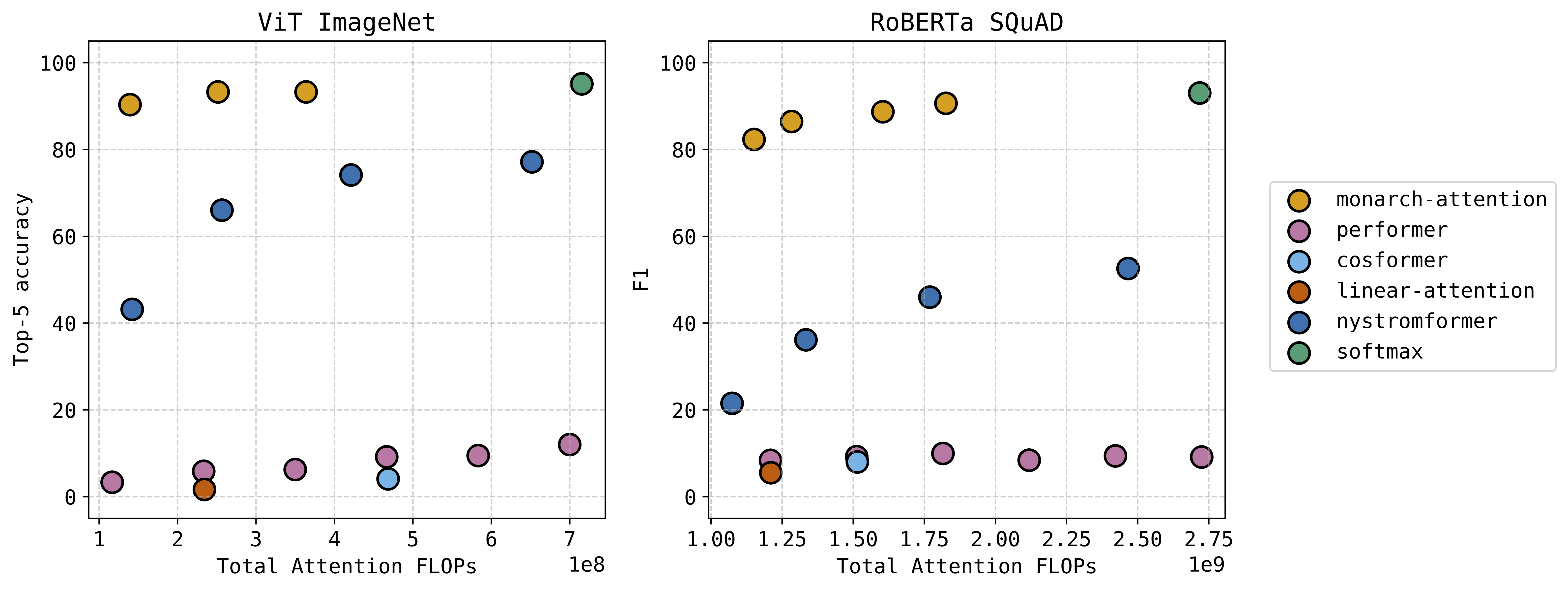John Lipor, Andrew Gitlin, Bioashuai Tao, and I have a new paper, “Improving K-Subspaces via Coherence Pursuit,” to be published in the Journal of Special Topics in Signal Processing issue “Robust Subspace Learning and Tracking: Theory, Algorithms, and Applications.” In it we present a new subspace clustering algorithm, Coherence Pursuit – K-Subspaces (CoP-KSS). Here is the code for CoP-KSS and for our figures. Our paper considers specifically the PCA step in K-Subspaces, where a best-fit subspace estimate is determined from a (possibly incorrect) clustering. When a given cluster has points from multiple low-rank subspaces, PCA is not a robust approach. We replace that step with Coherence Pursuit, a new algorithm for Robust PCA. We prove that Coherence Pursuit indeed can recover the “majority” subspace when data from other low-rank subspaces is contaminating the cluster. In this paper we also prove — to the best of our knowledge, for the first time — that the K-Subspaces problem is NP-hard, and indeed even NP-hard to approximate within any finite factor for large enough subspace rank.
The origins of poker are also not completely clear, because, like many other games of chance, poker, most likely, also developed over several centuries, taking shape from different card games. Some argue that poker-like gambling was invented in the 17th century in Persia, while others say that the famous game of today was inspired by the French game Poque. The popularity of this game grew rather slowly until the 70s. of the last century, no world poker tournaments were held in Las Vegas. But the greatest recognition of this game was provided by the opportunity to gamble on the Internet when online poker appeared.
